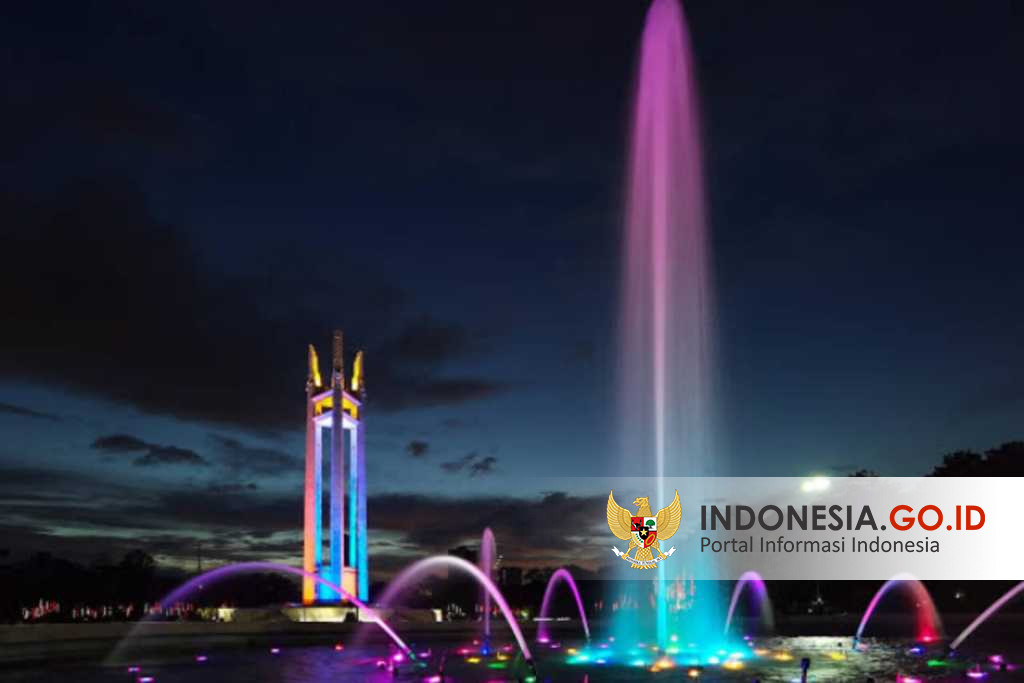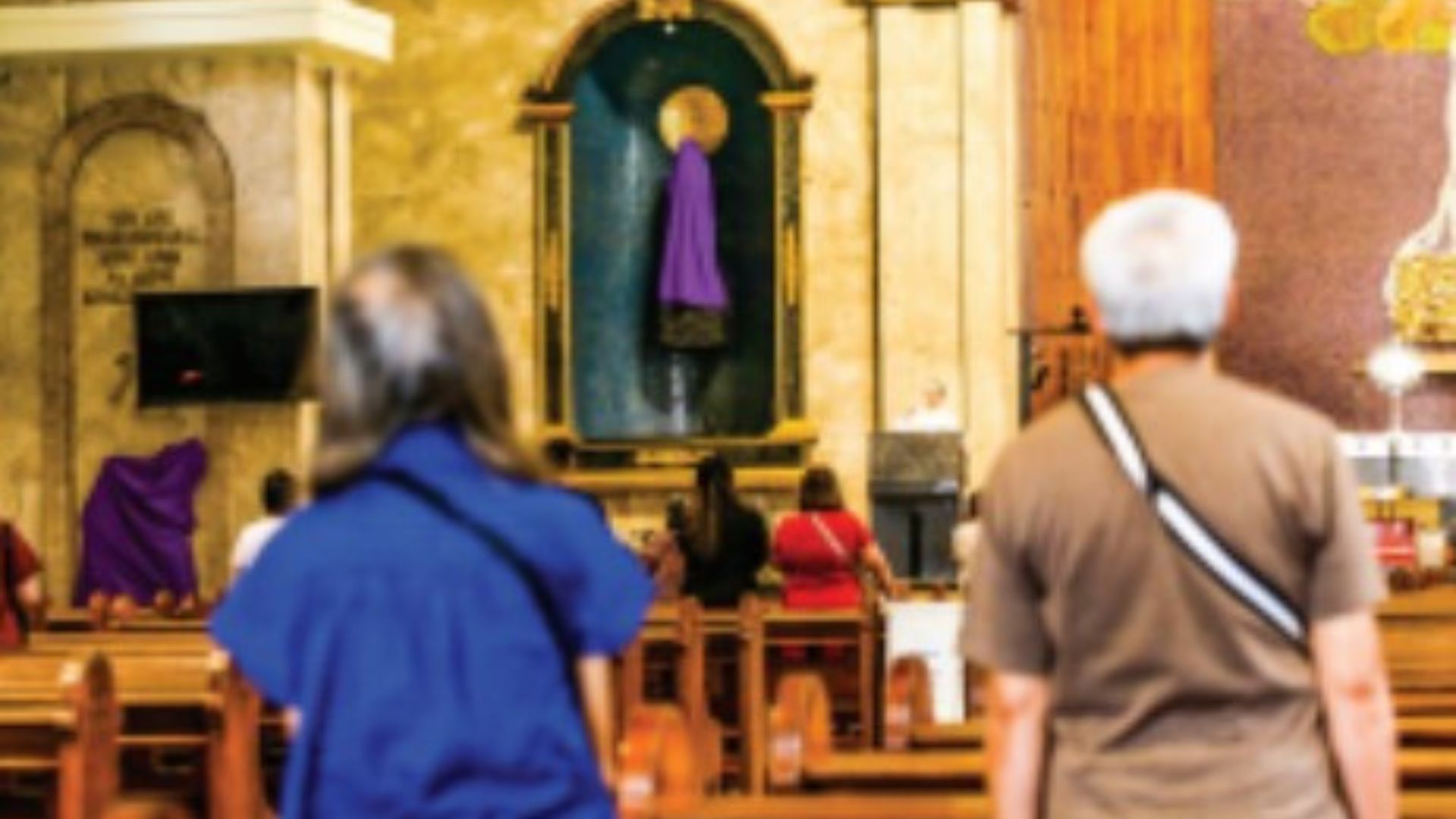Learn Filipino: Holy Week Traditions in the Philippines
During Holy Week, Filipinos observe deeply rooted traditions that highlights faith, family, and community. At Aralin World, we provide imersion in the language by talking about Philippine customs and traditions. Read more.

The Philippines remains one of the largest Christian nations in Asia, with over 80% of the population identifying as Roman Catholic. During Holy Week (Mahál na Araw), Filipinos observe deeply rooted traditions that highlights faith, family, and community. At Aralin World, we do not promote any religious denomination. However, understanding Filipino cultural practices—especially those tied to significant seasons—is key to your Tagalog fluency. This tutorial invites you to learn language through lived traditions.
A Brief History of Filipino Catholicism
Some studies say that the earliest spiritual practices of our Filipino ancestors are based on Animism. Animism is a metaphysical belief that focuses on the supernatural universe, specifically on the concept of the immaterial soul. However, it seems that their belief system is not strictly confined to that definition but they have distinct psyches as described by Stephen K. Hislop (1971). Hislop used the term Anitism as the ancient belief system to include reverence with the ancestors, the various layers of the spirits world, and the interaction between man, priest/priestess, and deities.
At the beginning of the 13th century or earlier, Islam entered the south of the archipelago. Over time, they progressed further and established their community in the islands of Mindanao, Sulu, and southern parts of Palawan.
In 1565, and 44 years after Magellan's defeat by Lapu-Lapu, Europeans introduced Catholicism to the locals. The Spaniards were keen on converting the locals and clever enough to drive the Islamic religion in most parts of the Visayas and Luzon.
Catholicism has progressed and become the dominant religion but with a unique flavor. Initially, it has a deep theological understanding by the educated elite and servants of the church while only superficial acceptance by people from rural and urban masses.
For over 400 years now, Catholic church has influenced everything from government holidays to personal milestones.
Filipino Words and Phrases for Holy Week
Remember the following words or phrases and try to use them in describing Filipino culture in the aspect of religion or spiritual practices:
- Anito (Ancestral Spirits, Deities)
- Mahal na Araw (Holy Week)
- Pag-aayuno (Fasting, abstinence)
- Estasyón ng Krus (Station of the Cross)
- Linggó Ng Palaspás (Palm Sunday)
- Lunes Santo (Holy Monday)
- Martes Santo (Holy Tuesday)
- Miyerkules Santo (Holy Wednesday)
- Huwebes Santo (Maunday Thursday)
- Biyernes Santo (Good Friday)
- Sabado de Gloria (Black Saturday)
- Linggó Ng Pagkabuhay (Easter Sunday, Jesus Has Risen Day)
- Pabasa (Reading of an epic narrative)
- Antíng-antíng (amulet)
- Panatà (Vow, pledge, devotion)
- Bisita Iglesya (Visiting Different Churches)
- Senakulo (Reenactment of Christ's life, death, and resurrection)
- Salubong (Crossing, encounter, meet up)
- Penitensya (Penitence)
- Simbahan (Church)
Catholic Church's Influence on Holy Week in the Philippines
Mahal Na Araw in the Philippines commences with Ash Wednesday. It is a 40-day period dedicated to personal prayer, reflection, and understanding of the sacrificial moments sampled by Jesus Christ.
Within the Lenten's 40-day period, the devotees avoid eating meat on Fridays. That is how they execute abstinence or fasting. It is accompanied by a church ceremony related to Stations of the Cross.
This series of devotion is also marked by Palm Sunday. This is when deeply religious individuals bring young coconut leaves to the church, reenacting the event when Jesus entered Jerusalem.
Palaspás as a Religious Article
Every Palm Sunday, the church facilitators bless the palaspás (coconut leaves) with Holy Water. The religious individuals will then treat the leaves as an important article. It is kept together with Sto. Niño, Virgin Mary, or other symbolic figures in their altars at home but some folks hang them on their door or windows.
With remnants of the Anito belief system, some locals believe that palaspás put a barrier to disease, calamity, evil spirits, or misfortunes. Faith healers burn them together with other dried native seeds or plant stems as part of a prayer ritual when curing sick individuals in the community.
The Seven Holy Days
The days following Palm Sundays bring not only the rigid rules and solemn rituals imposed by the Catholic Church but there is a degree of festive feeling in the provinces amplified by non-religious individuals and domestic tourists.
In Catholicism, the seven days after Palm Sunday are highly acknowledged. When I was a kid, I heard folks say:
"Iwasan ang magpakasayá, may pangalan ang araw."
That means: "Avoid too many indulgences because the days are holy". In context, this means to execute abstinence, to sacrifice yourself, and to look into Jesus's suffering on the cross.
Within these seven days, religious/spiritual rituals are extended outside the church vicinity. Some well-to-do families host the Pabasa. This is also a time for Faith Healers and mystics to perform rituals or recharge their anting-anting.
What is Pabasa?
Pabasa is a collective activity done at home wherein participants chant the entire book uninterruptedly, for about 2 to 3 days. There is a printed literature, locals call Pasyón, a song and narrative that comprises several parts: the story of Adam and Eve, prayer to the Virgin Mary, and the story of Jesus Christ.
During Pabasa, the host is responsible for the food and beverages for the chanters, helpers, and guests. Ideally, Pabasa is finished by noon of Good Friday so people will be able to join the procession highlighting Christ's story of his journey in the Calvary.
Holy Thursday (a.k.a Maundy Thursday) and Good Friday, by the way, are regular holidays in the Philippines.
Is Easter Sunday Big in the Philippines?
Filipinos have little or no awareness of spring and egg hunting, basically because the land does not experience the four seasons as do the lands north of the equator and in the western societies.
Being raised and born in the Philippines, I observed that Good Friday is given more emphasis than Easter Sunday. The culture is typically sentimental with various experiences of hardships, calamities, shortage of food and resources, and other events similar to these—that is why they easily associate their life with the suffering and death of Jesus Christ on the Cross.
However, as travel becomes easier these days and people have easy access to information, I will not be surprised if some neighborhoods in the country have already adapted Easter Sunday traditions from another culture.
Uniquely Filipino Catholic Tradition During Holy Week
Here is a short list of various practices by locals during Holy Week:
- Panatà. Panatà equates to deep and sincere prayer and service by the devotee. Hosting Pabasa is a form of panatà. Joining a procession is another form. It is a personal communication between man and God. Sometimes people engage in panatà to request for healing or a good life: for oneself, for the community, or the family.
- Bisita Iglesya. This involves visiting seven churches within the Holy Week period. It can also be a form of panatà but at the same time, this is your chance to visit various towns as a tourist.
- Senakulo. This is typically a stage play about Jesus Christ. The story and mechanics vary from town to town, region to region.
- Salubong. This is another kind of reenactment with focus on Jesus Christ and the Virgin Mary. This tells the story of His resurrection and return to heaven.
- Penitensya. There is a thin line between panatà and penitensya. The intention depends on the individual practicing it. The meaning depends on the perspective of the doer and the observer. From the observer's perspective, this could be a shallow execution of faith a.k.a. ego by the devotee. From the doer's perspective, this could mean sharing hardships and sacrifices out of humility.
Conclusion: Filipino Language is a Reflection of the Country's Culture and Tradition
Filipinos are religious in general. While Catholicism is not the only religion in the country, the Season of Lent is an opportunity for you to observe and understand their way of life. This could also be a good starting point to seek deeper and inquire about the unspoken or unwritten Filipino psyche.
With appreciation of new ideas or reinvented traditions, it paves a way to your greater Filipino vocabulary and phrases which will soon lead you to a better Tagalog sentence construction.
Feel free to continue this conversation by replying to this email or by leaving a comment on my website. Your questions and suggestions are also most welcome.
References
Academic Paper: Hislop, S. K., (1971). Anitism: A Survey of Religious Beliefs Native to the Philippines; accessed online via https://www.asj.upd.edu.ph/mediabox/archive/ASJ-09-02-1971/hislop-anitism-survey-religious%20beliefs-native-philippines.pdf
Article: Taylor, V., (2017). Origins of Islam in the Philippines

Article: Lucero, J., (2024). Filipino Lenten Traditions and What They Mean

Academic Paper: Foor, C., (2023). Deconstructing Folk Catholicism: Combating Catholic Hegemony During the Philippines’ Colonial Era; accessed online via https://thenonviolenceproject.wisc.edu/2023/05/22/deconstructing-folk-catholicism/
Article: Solomon, E., (2023). Pre-colonial Spirituality Manifests in Self and Social Psychology; accessed online via https://www.dailycal.org/archives/pre-colonial-spirituality-manifests-in-self-and-social-psychology/article_b5cf270c-9753-5e5b-a8c2-966c958b432d.html
Article: Manga Jr., J. M., (2025). Pabasa ng Pasyon: Culture and Devotion, Sacrifice and Gratitude







Comments ()